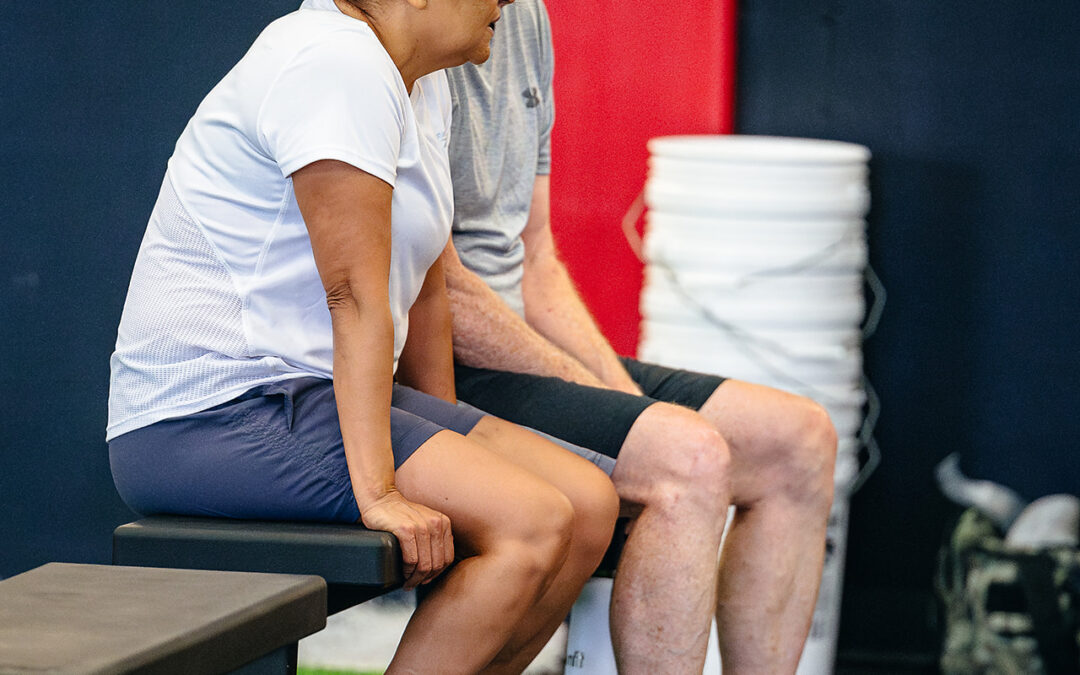Recently, I got a question at the gym about how often people should exercise. It got me thinking and discussing with others. I’m eager to share my insights and expertise with you all.
This will be a three-part series that delves into the often-debated question: “How many days per week should a person exercise?” In today’s edition, we’ll explore the fundamentals and considerations for creating a balanced exercise routine.
Part 1: The Foundation
Exercise is a vital component of a healthy lifestyle, promoting physical, mental, and emotional well-being. However, determining the ideal frequency can be a bit of a puzzle. It varies from person to person based on several factors:
1. Goals: Your exercise routine should align with your objectives. Whether it’s weight loss, muscle gain, improved cardiovascular health, or simply staying active, your goals play a pivotal role in deciding how often you should work out.
2. Fitness Level: Beginners and seasoned athletes will have different needs. A novice might start with fewer days a week to allow their body to adapt, while a seasoned athlete could handle more rigorous training several times weekly.
3. Time Availability: Consider your schedule and lifestyle. Can you realistically commit to daily workouts, or is a more moderate approach better suited to your routine?
4. Recovery: Adequate rest and recovery are crucial. Overtraining can lead to injury and burnout, so it’s essential to incorporate rest days into your regimen.
5. Enjoyment: Remember, consistency is key. If you don’t enjoy your chosen form of exercise, you’re less likely to stick with it. Find activities you love to ensure you’ll stay motivated.
General Guidelines:
While individual factors play a significant role, here are some general guidelines to help you determine the right frequency for your exercise routine:
1. Aim for at least 180 minutes of moderate-intensi
2. Strength training: Incorporate strength training exercises at least three days a week. This helps build muscle mass, boost metabolism, and improve overall strength.
3. Rest and recovery: Don’t forget to schedule rest days. Your body needs time to repair and grow stronger. Aim for one to two days of rest per week.
4. Listen to your body: Pay attention to how your body responds to exercise. If you’re feeling fatigued, sore, or mentally drained, it may be time to scale back temporarily.
In my next email, we’ll delve deeper into each of these factors, providing you with personalized insights and actionable tips to help you optimize your exercise routine.
Stay tuned for Part 2, where we’ll explore how to set realistic fitness goals and tailor your exercise routine to achieve them. In the meantime, don’t hesitate to reach out if you have any questions or need guidance on your fitness journey.
Here’s to a healthier, happier you!
[wpforms id=”116″]


Recent Comments